LATEST FIREARM NEWS FROM ALL BRANDS
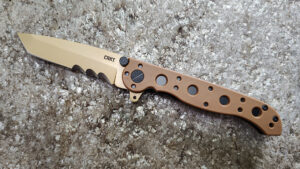
Blade Review: The CRKT M16-10DZ is a Tactical Warrior
Michael D'Angona May 8, 2024
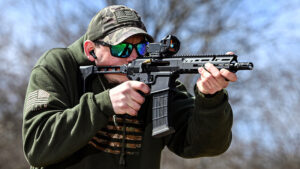
VIDEO: DIY AR-180 Build From a Brownells BRN-180 Upper
Andy Grossman May 8, 2024
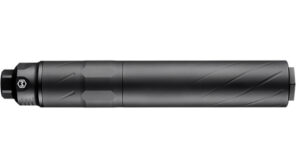
VIDEO: The Multi-Use Maxim Defense MSX PRS Suppressor in .338
Ballistic Staff May 7, 2024

Self-Defense and the Law: When is it Okay to Use Deadly Force Against Carjackers?
Massad Ayoob May 7, 2024

VIDEO: Testing the Straight-Pull Beretta BRX1 Bolt-Action Rifle
Sean Utley May 6, 2024
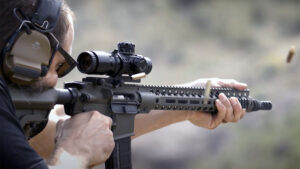
VIDEO: Watch the Delta V Gen-2 3MR Assisted Trigger in Action
Ballistic Staff May 5, 2024
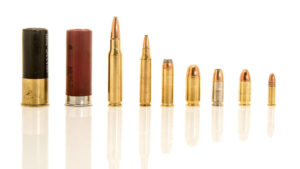
Demystifying the Bullet/Gun Relationship: An Explanation of Calibers
Fred Mastison May 5, 2024
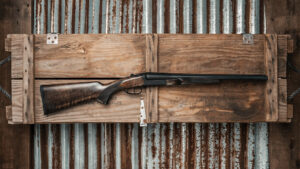
Heritage Badlander: Double-Barreled Shotgun Now in 20-Gauge, 410
Ballistic Staff May 4, 2024
BROWSE BY BRAND
Didn't find what you were looking for?
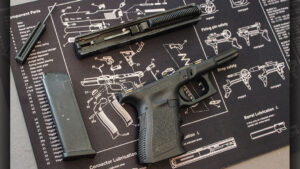
Step-by-Step: Learn the Fundamentals of Cleaning a Pistol
Fred Mastison May 6, 2024
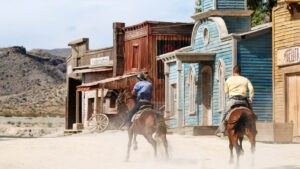
Fistful of Ugly: The Skillset Spaghetti Western Guide
Skillset Staff May 5, 2024
CHECK OUT ATHLON OUTDOORS ORIGINAL VIDEO SERIES
More Videos

VIDEO: DIY AR-180 Build From a Brownells BRN-180 Upper
Andy Grossman May 8, 2024

VIDEO: Testing the Straight-Pull Beretta BRX1 Bolt-Action Rifle
Sean Utley May 6, 2024
Tests and Product Reviews
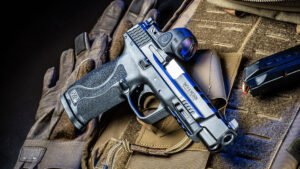
Performance Defined: The Smith & Wesson Performance Center M&P9 M2.0 C.O.R.E.
Mike Detty May 4, 2024
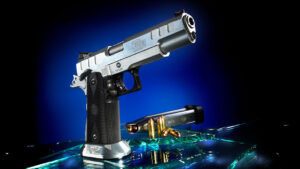
The Perfect Race Gun? Shooting the Tommy Guns Abernathy Bespoke 2011
Paul Scarlata May 2, 2024
SUPPRESSORS & NIGHT VISION
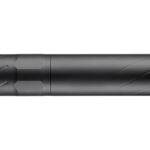
VIDEO: The Multi-Use Maxim Defense MSX PRS Suppressor in .338
Ballistic Staff May 7, 2024
Maxim Defense just announced the latest addition to its suppressor lines, one aimed squarely at big-game hunters. The Maxim Defense MSX PRS now comes in .338, specifically designed to minimize the increase in cyclic rate and gas blowback. Maxim Defense
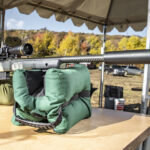
VIDEO: Testing the Hunt-Ready Silencer Central Buck 30 Suppressor
Andy Grossman April 26, 2024
The fact we were able to make so much noise in the middle of a potato field in Idaho at a media event, when there were so many suppressors on guns, was honestly incredible. I’m talking about the best media
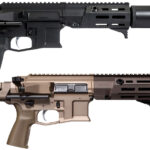
Maxim Defense Expands the PDX-SD with 7.62x39mm and .300 BLK Options
Personal Defense World April 12, 2024
In 2019, Maxim Defense introduced its short and maneuverable PDX short-barreled PDW, followed one year later by the PDX-SD. The PDX-SD expanded on the original platform by adding an integrated suppressor while maintaining stealthy, close-quarters handling. However, although the original

VIDEO: The Multi-Use Maxim Defense MSX PRS Suppressor in .338
Ballistic Staff May 7, 2024

VIDEO: Testing the Hunt-Ready Silencer Central Buck 30 Suppressor
Andy Grossman April 26, 2024

Maxim Defense Expands the PDX-SD with 7.62x39mm and .300 BLK Options
Personal Defense World April 12, 2024
Didn't find what you were looking for?
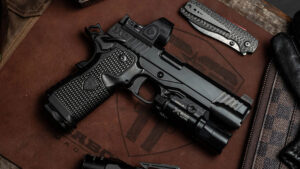
TESTED: Cabot Guns Enters the 2011 Market with its Insurrection
Fred Mastison April 29, 2024
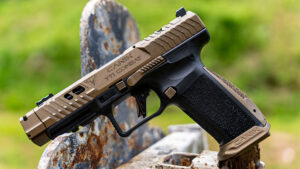
Finally! Thanks to CANiK, We Get an Affordable TTI Combat Pistol
Kenzie Fitzpatrick April 27, 2024
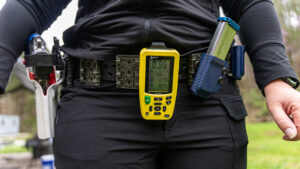
Drawing From a Holster Pistol Drill: Draw to First Shot on Target
Kenzie Fitzpatrick April 22, 2024








